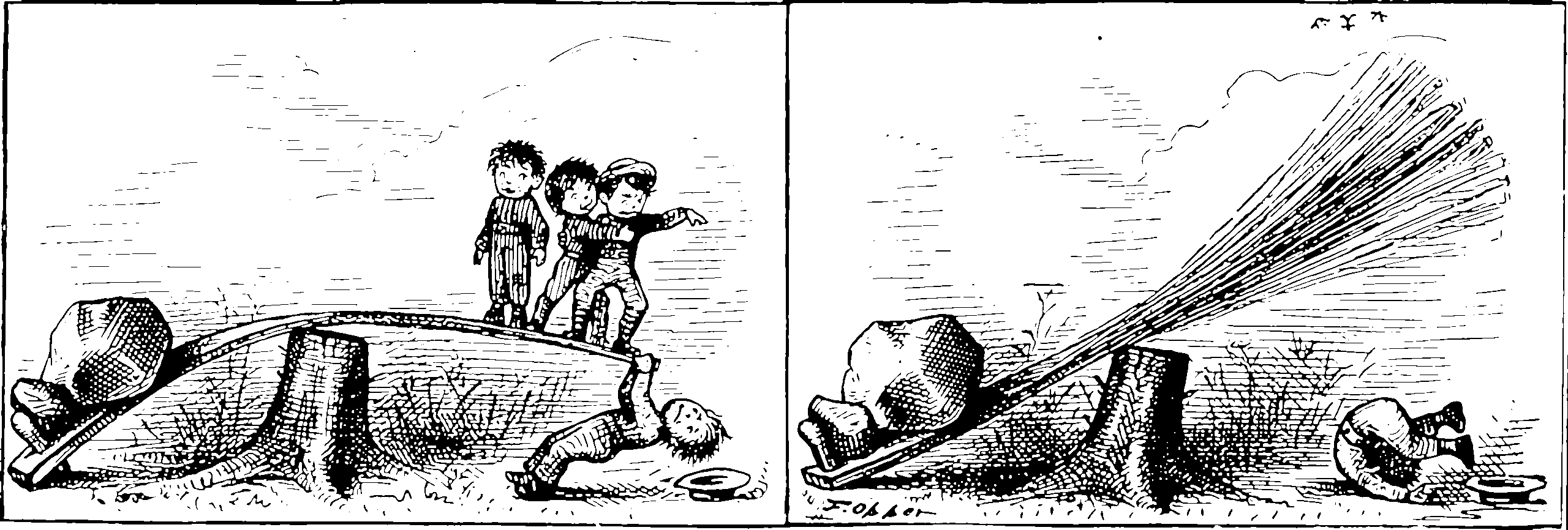Change points
Looking for regime changes in stochastic processes. a.k.a. Switching state space models
2021-11-28 — 2022-04-01
Wherein an auxiliary run-time variate is introduced and online Bayesian run-length algorithms are described, and piecewise wide-sense-stationary segments are modeled for Gaussian-process extensions and real-time detection.
If our data is stationary, that is great, and we have good estimation theory. However, every non-stationary time series is non-stationary in its own way. A popular type of non-stationarity is change-point type, where we imagine locally stationary series are stapled together.
1 Piecewise wide-sense-stationary time series
Aminikhanghahi and Cook (2017) surveys many types of change-point methods, focusing on ones that use up-to-second-order statistics, i.e. piecewise wide-sense-stationary time series.
2 Online detection
Can we do online state filtering?
3 Online detection with system identification
Can we do online state filtering and identification?
4 Bayesian detection of change points
I am going to file the AdaptSpec methods here, even though they try to marginalize over possible change points, because change points end up being fundamental to these methods, and also I think they are cool (Bertolacci et al. 2020; Rosen, Wood, and Stoffer 2012). You might also imagine these to be probabilistic spectral methods.
I am typically more interested in online methods. A classic is Adams and MacKay (2007), which introduces an auxiliary run time variate that factorizes nicely. The basic algorithm only works for conditionally i.i.d. observations, though. Saatçi, Turner, and Rasmussen (2010) extends it to a Gaussian process time series.
5 Functional
Where the observations are themselves functions.
6 Switching State Space models
a.k.a. mixture filters (Fearnhead 2005, 2004; Fearnhead and Liu 2011, 2007; Fearnhead and Sherlock 2006; Fearnhead and Clifford 2003).
7 As anomaly detection
If we have a “typical” regime with constant coefficients and an “anomalous” one without constant coefficients, then we are in an anomaly detection setting.
